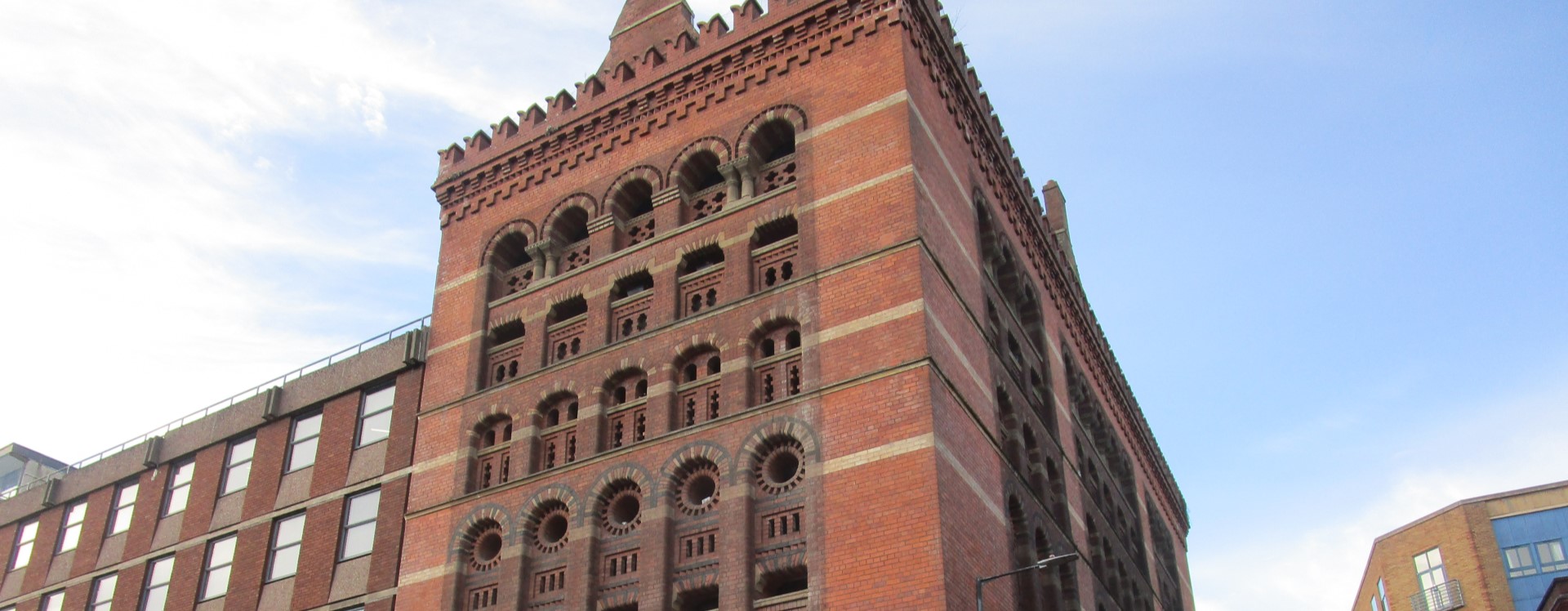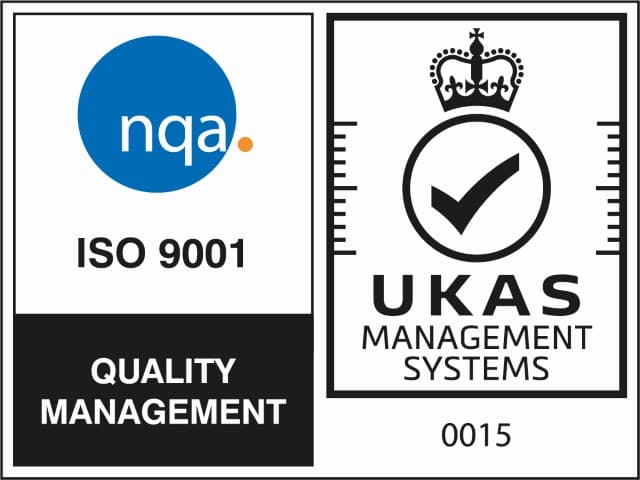Grade 2* buildings are very rare, accounting for just 1 in 20 listed properties. It’s always a treat to survey one of these buildings and get an insight into their rich past.
We recently carried out a level 3 building survey of an apartment within a renowned listed warehouse in central Bristol. Here, we delve into the property’s legendary history.
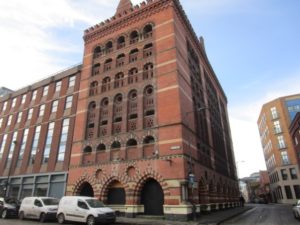
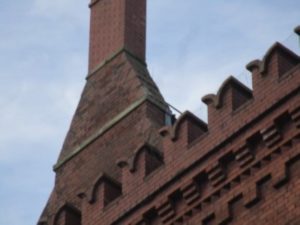
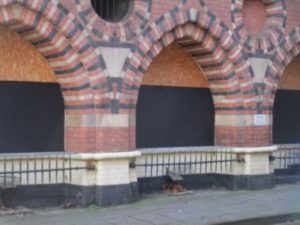
Amazing Architecture
This historic ten-storey granary has reached Grade II* listed status because it is one of few surviving examples of Bristol Byzantine architecture. This style was used in Bristol in the 19th century, and was inspired by the multi-coloured brickwork and arches seen in Venetian, Byzantine and Moorish trade buildings.
The warehouse’s listing on Historic England states that it is considered to be the finest surviving example of the Bristol Byzantine warehouse style. Even functional parts of the building, such as the hoist arrangements and ventilation, were imaginatively developed using the decorative scheme for the building.
A Legendary Venue
This iconic building has a had a rich and varied history. It was built for Victorian corn merchants, Wait, James and Co, to spread out and dry large quantities of grain. Once it was no longer useful as a grain store, it became one of the country’s biggest rock music venues, hosting the likes of Iron Maiden, Robert Plant, Def Leppard, Slade and Status Quo. It also featured in one of Britain’s most legendary TV comedy moments – it was used for the external scenes of the bar where Del famously fell through an open bar flap.
Making it a Home
In the early 21st century, the upper floors were converted into apartments. This layout change meant that the property was subject to significant and extensive development.
As with any property that has undergone significant refurbishment, your surveyor will recommend that legal advisors check that the works were done in accordance with regulations. For example, they should check that all the relevant local authority and other approved inspector notifications and approvals for the works were issued and obtained, and all required statutory inspections were made during the course of the works. They should also ensure that all relevant professional/consultants certificates, including Designers Completion Certification and Collateral Warranties, have been obtained, and that a Practical Completion Certificate (PCC) is in place, together with a Making Good of Defects Certificate.
Because this building is listed, surveyors will also suggest that conveyancers check that heritage consents, such as listed building consent, were obtained for the previously completed works.
Our Bristol Building Surveyor noted that refurbishments took place well after the use of asbestos was outlawed in the UK. Therefore, occupants can be reassured that the presence of asbestos is highly unlikely. We would assume that any lead paint would also have been removed, and the properties are likely to be up to modern fire regulation standards.

